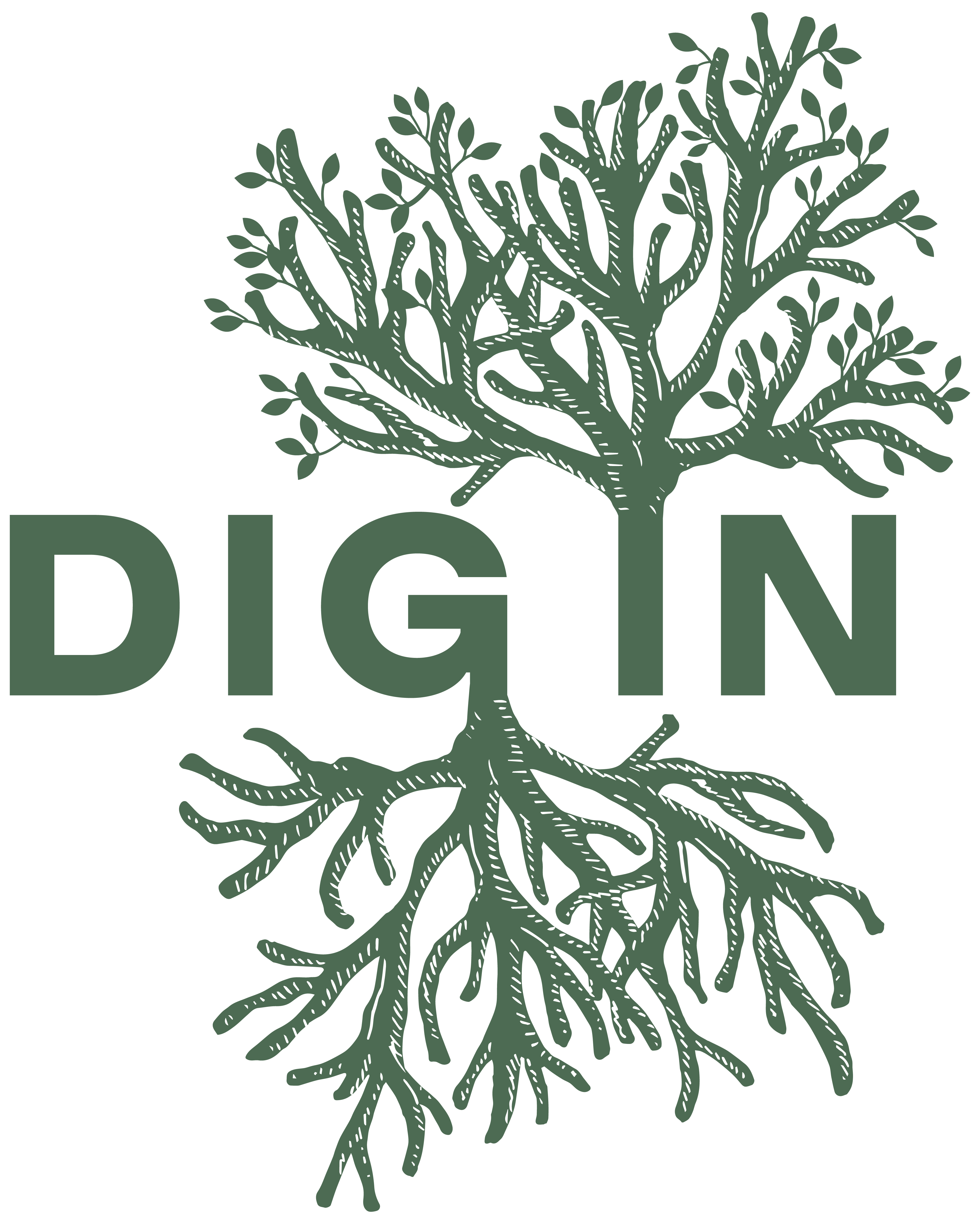The longest journey is the journey inward.
—Dag Hammarskjold
Sometimes it’s too easy to miss what’s truly important. In the rush of our work, of our lives, of the expectations set by the culture or community of which we are a part, we may find that we’ve lost ourselves and need to reconnect.
It may be amidst the fullness of our everyday work, where we are wholly invested in what we are doing, that the desire for reconnection becomes most apparent, most necessary. When we are immersed in our lives, paradoxically it can be challenging to hold onto to our vision.
The process can replace the product if we become addicted to the pace at which we are moving and lose sight of our purpose and goals. Our work, whatever we do, has visited new demands as a result of resource constraints and new technology. E-mail and computers have become centerpieces of our work, once billed as labor-saving ways to stay connected but often producing a very different experience. In a short period of time, the impact that e-mail communications have had has been enormous, and we’ve not yet adjusted on an organizational or even evolutionary level. Many companies have gone to lengths to institute “e-mail free days” as colleagues just down the hall from each other were not leaving their desks to simply walk down the hall to ask a question.
Richard Louv, in his book, Last Child in the Woods warns of the implications of nature deficit disorder, as children are increasingly isolated from experiences outdoors. Driven by safety concerns and the advent of computers and video games, both our children and our society at large are suffering from an inability to connect effectively—with their places and with each other.
Beginning this year, I’ve adopted a practice which I’ve advocated for some time to clients and friends: taking a day to reconnect. Each Wednesday, I take the time to reflect on my work, engage in planning, do some writing and spend some additional time outside. I don’t schedule outside meetings or calls on this day, and I don’t respond to calls or e-mail. I usually don’t even turn on my computer until mid-day, and then only if necessary. This is complemented by breaks taken throughout the workday and time for reflection on other days as well.
This practice is available to each of us in our work, even if we carve out just a few hours each week. We can start by taking 30 minutes at the beginning of each day to reflect and get organized (not to check e-mail!) and by taking some brief breaks to get outside each day. It’s still work, and it improves upon our efficiency, effectiveness and peace of mind.
We’ve grown accustomed as a culture to delivering on results, to being reachable all the time, and by having many of our interactions mediated by technology of some kind. Truly reconnecting—to ourselves, to our co-workers and communities, and to what’s happening in our world—involves stepping out of the normal rush of our days.
By doing this, we are able to claim some time for ourselves each day and each week, and to see connections we are often asked to ignore. The food and fuel crisis we are currently experiencing is an excellent illustration of a failure to see connections—even in the process of trying to create a more sustainable world. While it is still speculative and there are many factors which affect the complex global food system, there is considerable evidence showing that converting production of food to growing stock for bio-fuels has made food scarcer and more expensive for the world’s most vulnerable populations. This isn’t an argument to defaulting to the still-troubled fossil fuel economy, of course, but one of many signs that we need to take the time to see connections more clearly.
In fact, there is probably no better solution to creating healthier communities and organizations, and ultimately a more sustainable, humane world than to take the time to slow down and reconnect.

